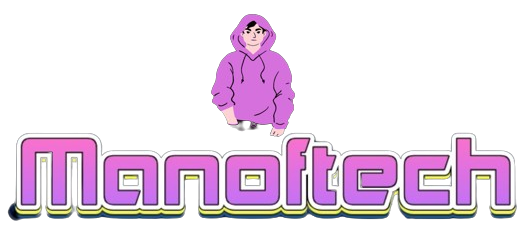The Role of Artificial Intelligence (AI) in Smart Homes
As we look ahead, the integration of Artificial Intelligence (AI) stands out as a key driver in enhancing the capabilities of IoT in smart homes. AI algorithms, powered by machine learning, can analyze vast amounts of data collected by IoT devices. This analysis enables smart homes to learn user habits, predict preferences, and autonomously optimize various aspects of home management. For example, AI can anticipate when residents typically adjust the thermostat or turn on lights, gradually taking over these tasks to provide a truly personalized and adaptive living environment.
Moreover, AI can contribute to enhanced security measures. Advanced machine learning algorithms can distinguish normal household activities from potential security threats, reducing false alarms and improving the overall effectiveness of smart home security systems. The synergy between AI and IoT is poised to elevate smart home automation to unprecedented levels of sophistication.
5G Connectivity and Real-Time Responsiveness
The advent of 5G technology holds tremendous promise for the future of IoT in smart homes. With its significantly faster speeds and lower latency, 5G connectivity addresses the limitations of previous wireless technologies. This enables real-time communication between IoT devices, facilitating quicker response times and more seamless automation.
In practical terms, 5G allows for instantaneous adjustments based on real-time data. For instance, a smart home equipped with 5G connectivity can respond to sudden changes in weather conditions by adjusting climate control systems or modifying irrigation schedules. This level of responsiveness not only enhances the user experience but also opens doors to innovative applications that were previously hindered by latency constraints.
Enhanced User Interfaces and Interactivity
The evolution of IoT in smart homes extends beyond the physical devices to the interfaces through which users interact with their smart ecosystems. Voice-activated assistants, touchscreens, and augmented reality (AR) interfaces are becoming more prevalent, providing intuitive and immersive ways for users to control and monitor their smart homes.
Voice-activated devices like Amazon Alexa and Google Home have gained popularity, allowing users to effortlessly control various aspects of their homes with simple vocal commands. AR interfaces, on the other hand, can overlay digital information onto the physical environment, offering a novel way to interact with and receive feedback from smart home systems. These advancements contribute to a more user-friendly and accessible smart home experience.
Sustainability and Eco-Friendly Practices:
As society places a growing emphasis on sustainability and eco-friendly practices, IoT in smart homes is poised to play a significant role in promoting energy efficiency and responsible resource management. Smart homes equipped with sensors and actuators can monitor energy consumption patterns and suggest optimizations to reduce waste. This not only benefits homeowners by lowering utility costs but also contributes to a broader ecological impact by decreasing overall energy demand.
Additionally, IoT in smart homes can facilitate the integration of renewable energy sources, such as solar panels and smart grids, into the power infrastructure. By dynamically adjusting energy usage based on availability and demand, smart homes can actively participate in creating a more sustainable and resilient energy ecosystem.
Challenges on the Horizon
While the future of IoT in smart homes is filled with promise, it is essential to acknowledge and address ongoing challenges. Interoperability remains a concern, as the diversity of devices and communication protocols may lead to fragmentation within the IoT ecosystem. Standardization efforts are crucial to ensure seamless integration and compatibility among different smart devices.
Privacy and security concerns also persist, necessitating robust measures to safeguard personal data and protect against potential cyber threats. As smart homes become more interconnected, the need for stringent security practices and user education becomes paramount.
The integration of IoT in smart homes is an ongoing journey marked by continuous innovation and transformative advancements. The synergy of AI, 5G connectivity, enhanced user interfaces, and a commitment to sustainability paints a picture of smart homes that are not only intelligent and responsive but also contribute positively to the well-being of individuals and the planet.
As technology continues to evolve, the smart homes of the future hold the potential to redefine our concept of living spaces. Through seamless automation, personalized experiences, and a commitment to sustainability, IoT in smart homes is at the forefront of shaping a more connected, efficient, and eco-friendly way of life. The journey towards the smart homes of tomorrow is undoubtedly an exciting one, filled with possibilities that will continue to unfold in the years to come.


